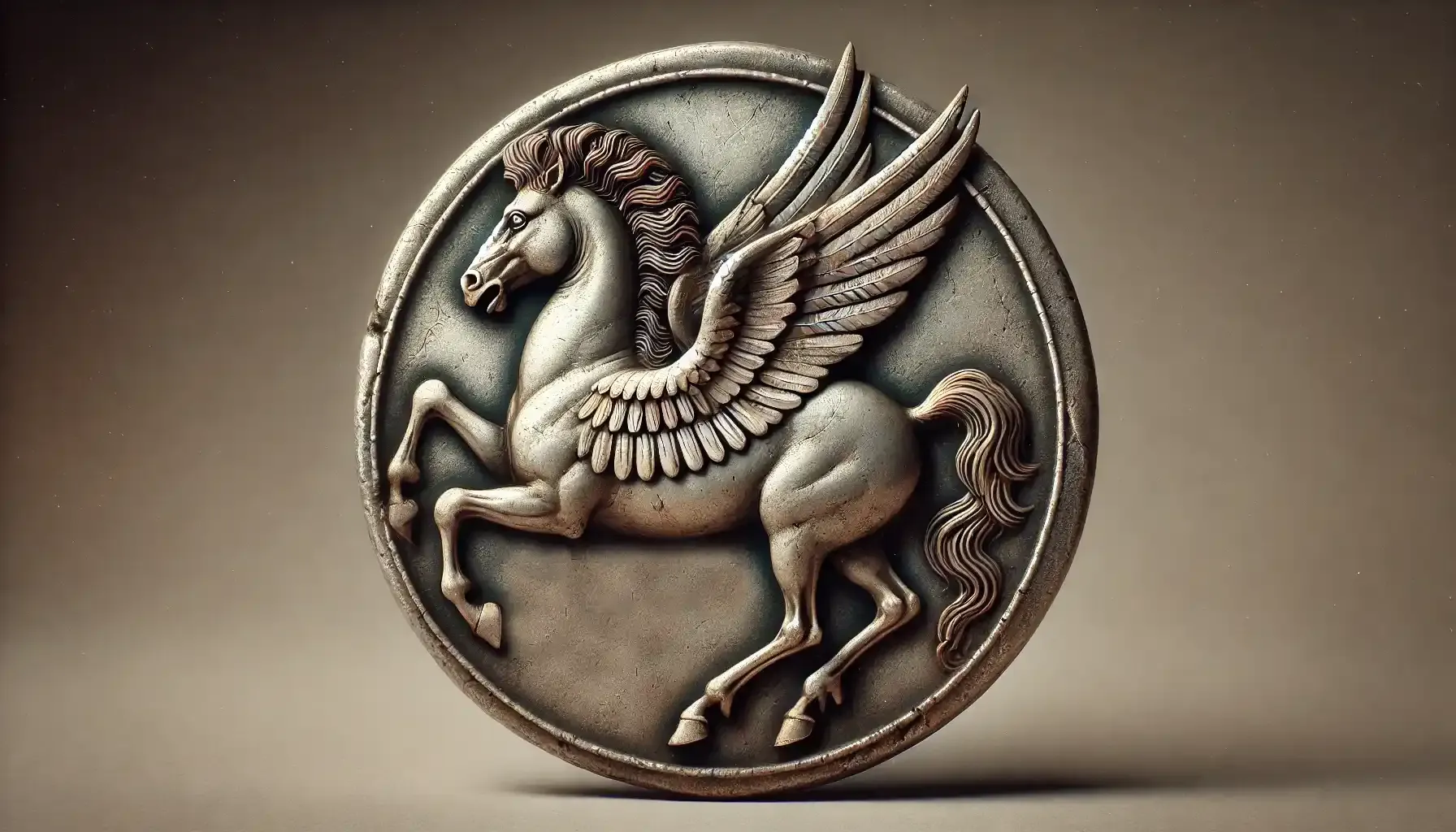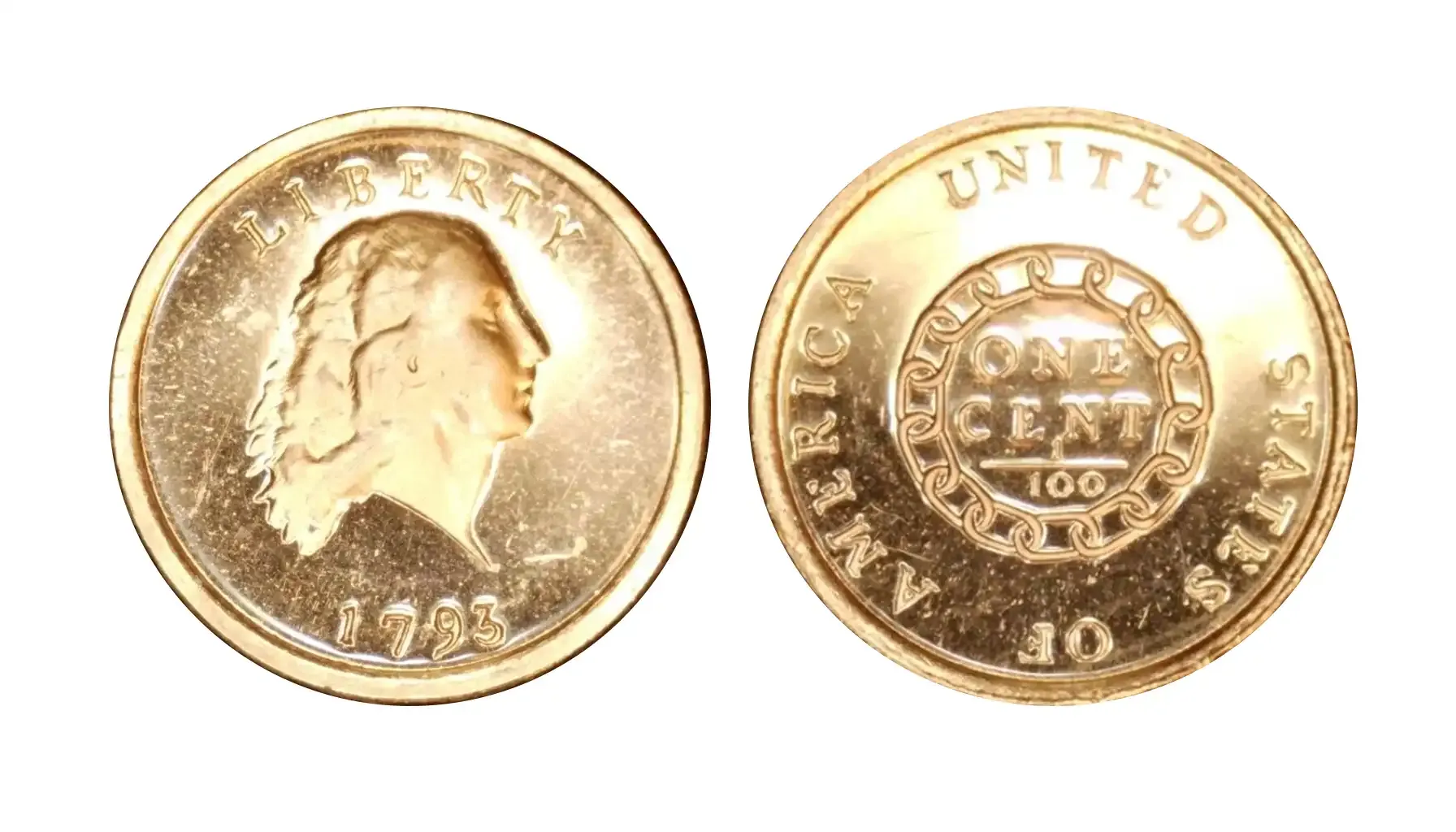Contents:
We all came from Greece. Although this statement may sound ridiculous or incorrect, all European cultures have their origins in the territory of Greece where philosophy, literature, sculpture, and other means of artistic expression were represented at their best. The numismatic aspect is no exception.
Indeed, the system of market relations in Ancient Greece was advanced enough to release numerous units of currency suitable for different occasions and daily purposes as well. If you are a numismatist who aspires to learn more about these culturally charged relics and check the value of coins to be incorporated into your collections, feel free to explore this material and take the best out of this experience now.

Into the Basics: The Origins of Ancient Greece Coinage
The history of Greek coinage starts in the kingdom of Lydia (the Turkish peninsula) in the 7th century BC where there was introduced and developed the idea of metal coinage. Soon, like a virus, this occupied the minds of those who lived closer to the kingdom (Ancient Greece included). These Lydian coins, which served as the basis for Greek coinage, were first made of electrum, a naturally occurring alloy of gold and silver, though purer metals like sole silver or gold were also used further.
The time and circumstances changed. When the Greeks saw that coins could be used to pay soldiers, facilitate trade, and establish political authority, they embraced and innovated it at the speed of light. One of the first city-states to issue coins was Aegina. This was followed by Athens, Corinth, and Sparta respectively with each "municipality" designing their own unique coins that reflected both economic and cultural identities of their place.
Related article: 1977 US Dimes.
Notable Examples of Ancient Coins from Greece
The artistic value of any distant yet significant creation is always high, but coins from Ancient Greece demonstrate something more sophisticated than just metal plates with simple images on them. All coins in Ancient Greece represented the peculiarities and unique traits of the states they were produced in, which is why it is always captivating to explore these units from a historical perspective. Let us take a quick look at some of the most notable representatives of Greek coinage of that time.
Aegina Turtle (600-500 BC)
The Aegina turtle coin, one of the first Greek ancient coins, with a sophisticated pattern on one side and a turtle, a symbol of marine trade and the city's connection to the sea, on the other. By the way, today, we might call Aegina rather progressive as it was among the first city-states to produce coins.
Athenian Tetradrachm (454-404 BC)
The most well-known ancient Greek coin is probably the Athenian tetradrachm, a unit struck in silver with an owl, a symbol of intelligence, on the reverse and the goddess Athena, who represents wisdom and warfare, on the obverse. In fact, this coin, which is often seen as the main example of ancient coinage, became a common currency in the realm of Mediterranean trade.
The Dekadrachm of Syracuse (413–400 BC)
One of those Ancient Greek silver coins definitely refers to this magnificent silver dekadrachm, struck at Syracuse, which depicts a quadriga (four-horse chariot) on the reverse and the goddess Arethusa on the obverse. Being a masterwork of ancient numismatics, this coin is renowned for its exquisite intricacy and perfectly captures the cultural diversity of Sicily during the era of Greek dominance.
Corinthian Stater (400-300 BC)
The silver Corinthian stater, which was meant to represent the economic prosperity of Corinth, a city renowned for its wealth and naval might, features the goddess Aphrodite on one side and the winged horse Pegasus on the other. This is the second standard Ancient Greek silver coin distributed over the country and abroad.

Macedonian Drachm (350-325 BC)
As stated before, coins were (and are) used to commemorate important figures that might have contributed to the development of the country. This is exactly what this coin was devoted to. To be more precise, Macedonian Drachm was to praise the ascent of Macedonia under Philip II and his son, Alexander the Great. On the reverse side of the coin, there can be seen a laurel branch, while the obverse features the head of Apollo, the god of healing, light, music, poetry, and even more.
Artistic Techniques of the Ancient Greek Coinage
Although the era of Ancient Greece passed long ago, its coinage exhibits an exceptional blend of artistic talent and innovations (surely, relevant to the specific period of time), for engravers employed advanced techniques to create coins with remarkable beauty and detail.
Engraving and Die-Cutting: So as to mint the coins, artists meticulously etched each engraved metal die. These patterns, which were either symbolic or mythological in most cases, were remarkably accurately etched onto coins.
High Relief Sculpting: High relief, in which designs are elevated above the coin's surface, is characteristic of Greek coinage. This method created a realistic, three-dimensional appearance for figures such as gods, animals, and the like.
Naturalism and Proportion: Another way for engravers to demonstrate their mastery of naturalistic representations was to create realistic portraits and flowing shapes on the surface of rare Greek coins. This is why these units of currency often had human and animal illustrations that displayed a remarkable grasp of anatomy and motion.
Symmetry and Balance: Greek principles of proportion were reflected in the designs' emphasis on symmetry and balance. The reverse and obverse sides were both expertly designed to complement each other, but never overshadow them.
Related article: 1927-S Standing Liberty Quarter.
Bonus: How to Find Out the True Old Greek Coins Value
The problem of how much each instance may cost usually haunts those who strive to obtain or sell the parts of their collections or new finds. Rare Ancient Greek coins worth can be estimated by taking into account a number of characteristics, i.e., market demand, historical relevance, rarity, and condition.
In general, coins that are in perfect condition, i.e., those that have clear engravings and little wear, are worth more than any other numismatic opportunity. Besides, the value of ancient Greek coins with uncommon emblems or well-known historical figures is typically much higher than one may expect.
So as to assess the Ancient Greek coin price correctly, you can always refer to numismatic guides, auction results, or a qualified assessor to obtain an accurate appraisal. Digital tools like Coin ID Scanner also simplify the procedure. In this case, all you need to do is scan the photos of your coins, wait for the system to identify the type and its condition, and review the most relevant information possible on a whim.

Before obtaining professional guidance or legal responses from official certification centers regarding Ancient Greek coin value, collectors can use this software to verify and comprehend their coins and get an initial value range, too. Greek coins might be expensive, but they surely represent the past years of cultural prosperity and constant enlightenment.



